Skip To:
#1. Defending Your Smile: The Crucial Role of Gum Shields in Rugby
#2. Safeguarding Your Mind: Prioritizing Head Protection in Rugby
#3. Mastering Rugby Safety: Wearing Body Armour on the Field
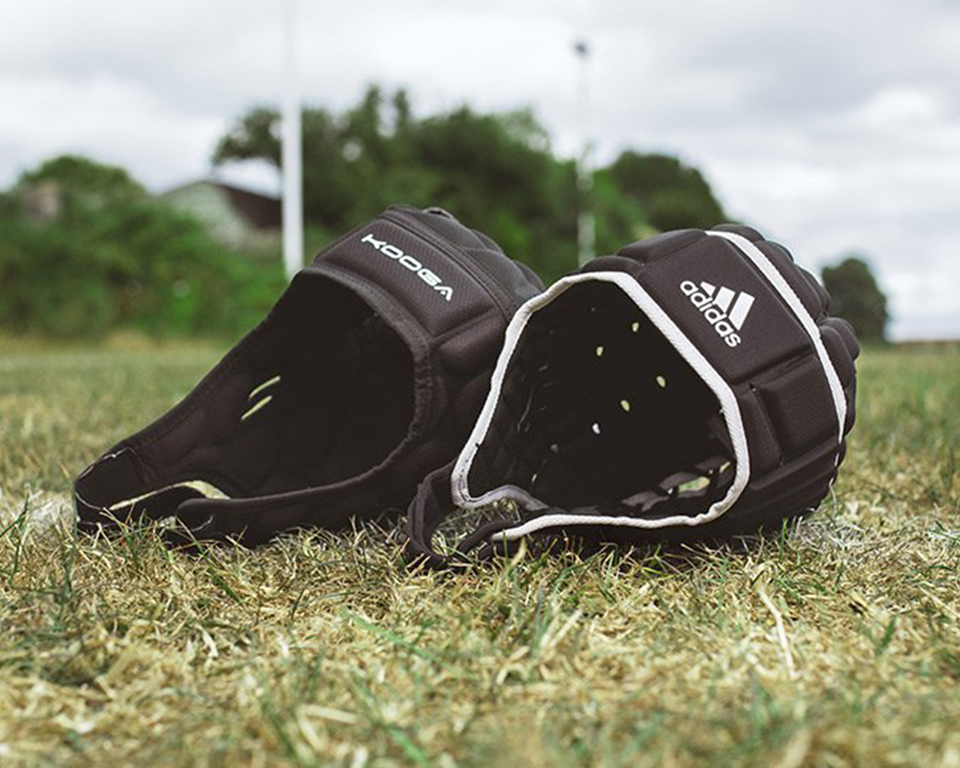
Protecting your Pearly Whites: Safeguarding your Smile
Remember that lecture your PE teacher gave you at school when you left your gumshield at home? Well, we hate to say it, but they were onto something…
Whether you’re a seasoned pro or just starting out, there’s one thing that everyone agrees on: gum shields are an absolute must-have before you step onto the pitch.
If you cherish your teeth and want to steer clear of mouth lacerations, fractures, or jaw dislocations, then having one of these in your kitbag is a no-brainer!
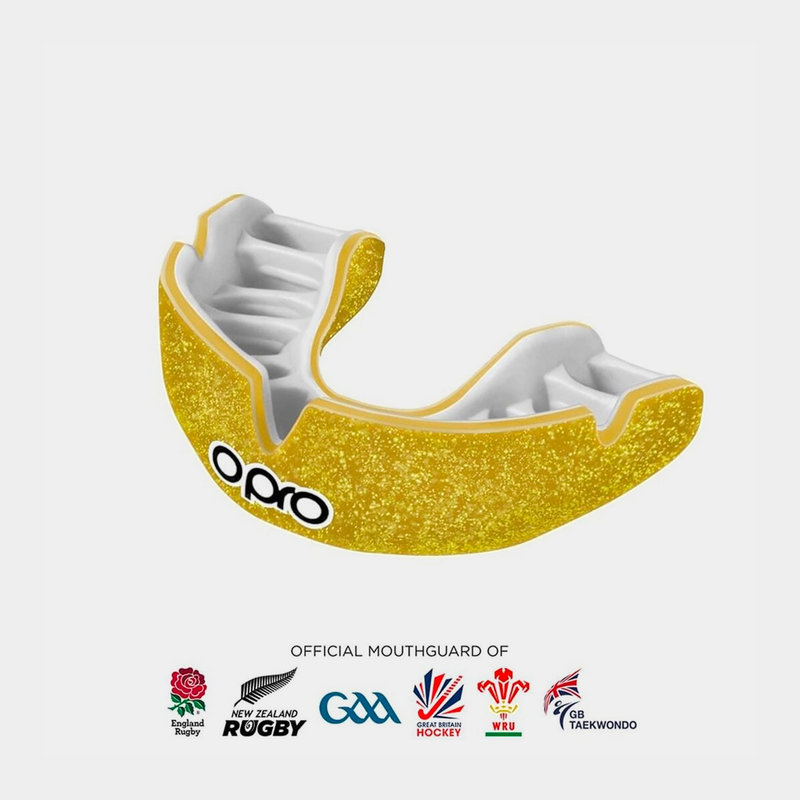
And hey, it’s not just us saying it – the RFU strongly recommends wearing gum shields for both training and matches too!
If you need further convincing, the ADA Code (a correspondence between dental practitioners and general public advice) also emphasises that athletes are a whopping 60 times more likely to damage their teeth without a gumshield.
So, protect that smile!
How do I find the right Gumshield for me?
Choosing the right gum shield for you has never been easier!
Whilst it’s important to understand that everyone’s mouths are different, the process of moulding them to fit your mouth is relatively easy.
With “boil-and-bite” mouthguards taking the sporting world by storm since their invention in the 1990s, it really is as simple as doing the following:
#1. Gently Prepare the Mouthguard:
- Soften the gumshield by immersing it in boiling water for about 30 seconds.
- Carefully remove it from the water using tongs and shake off any excess water.
- Press the gumshield over your top teeth, ensuring it sits squarely within your mouth.
#2. Secure the Fit
- To adapt the mouthguard to the contours of your teeth, position your thumb inside your mouth and apply gentle suction.
- Bite down onto the mouthguard with your bottom teeth, then use your finger externally to shape the mouthguard against your upper teeth.
- If needed, repeat these steps until the mouthguard comfortably stays in place.
#3. Finishing Touches
- Should you require adjustments, trim any excess mouthguard material using sharp scissors.
- For a refined finish, hold the cut edges over a flame (be careful!) for a few seconds and then gently smooth them using your finger.
Defending Your Head in Style
Ever experienced the discomfort of cauliflower ear after intense scrums?
If you’re a Prop, Hooker or back rower who thrives on getting in the midst of the action, chances are you’ve had your share!
While cauliflower ears might be a well-known issue, headguards offer more than just protection against them. They also provide an added layer of defense against minor head injuries like cuts and scrapes.
However, it’s crucial to understand that padded headgear doesn’t necessarily reduce the risk of concussions, so always prioritise your safety on the field!
How do I choose the right Headguard for me?
Navigating the world of headguards might be a bit trickier than selecting a mouth guard, especially when it comes to finding the right one for you or your children. Fortunately, we’re here to guide you through the process. Understanding which headguard suits your needs is crucial.
As a helpful starting point, keep these four key factors in mind, and you’ll be back to the scrums in no time:
#1. Performance
A high-quality headguard should incorporate effective impact-absorbing materials, like strategically placed foam padding, to cushion head impacts.
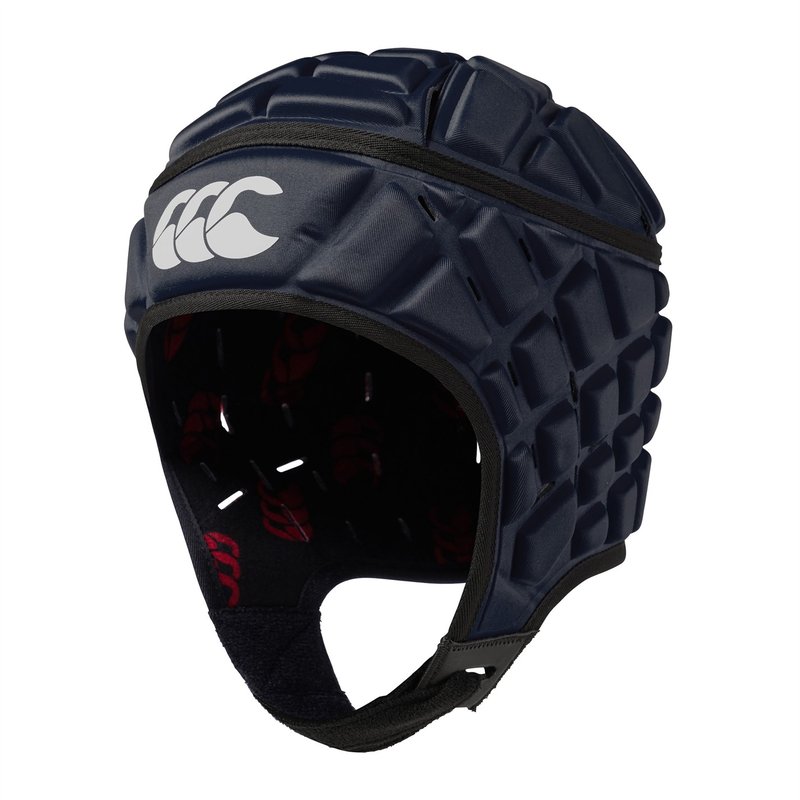
#2. Style & Material
Select a headguard crafted from durable materials that can withstand the rugged demands of rugby without compromising protection.
Equally important, prioritise proper ventilation to avoid overheating and discomfort during intense play. Seek out headguards designed from breathable materials that also include ventilation channels.
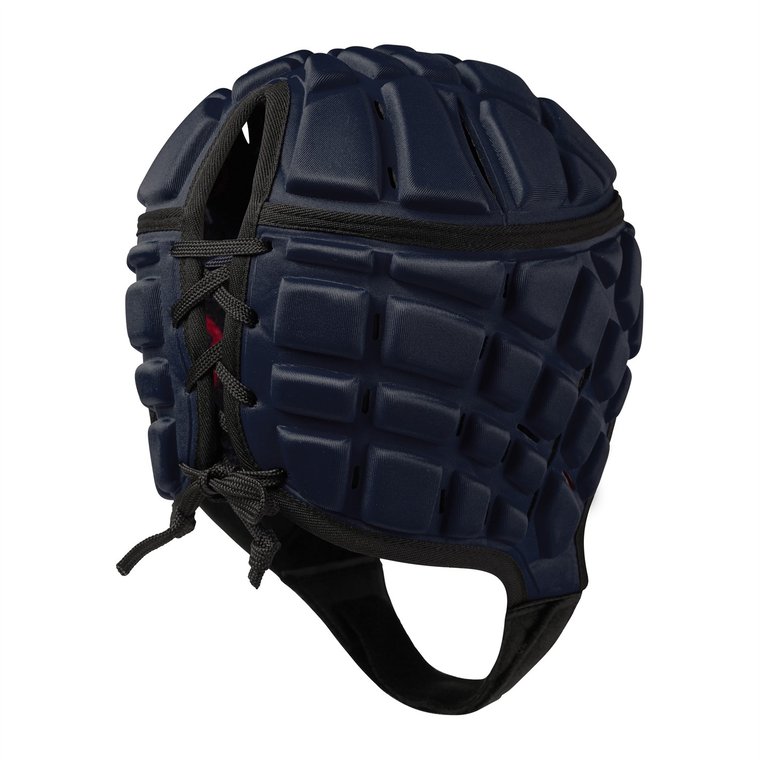
#3. Size & Fit
Ensuring a snug and secure fit is vital to prevent the headguard from shifting during play. Look for options with adjustable straps and various sizing choices to ensure a custom fit.
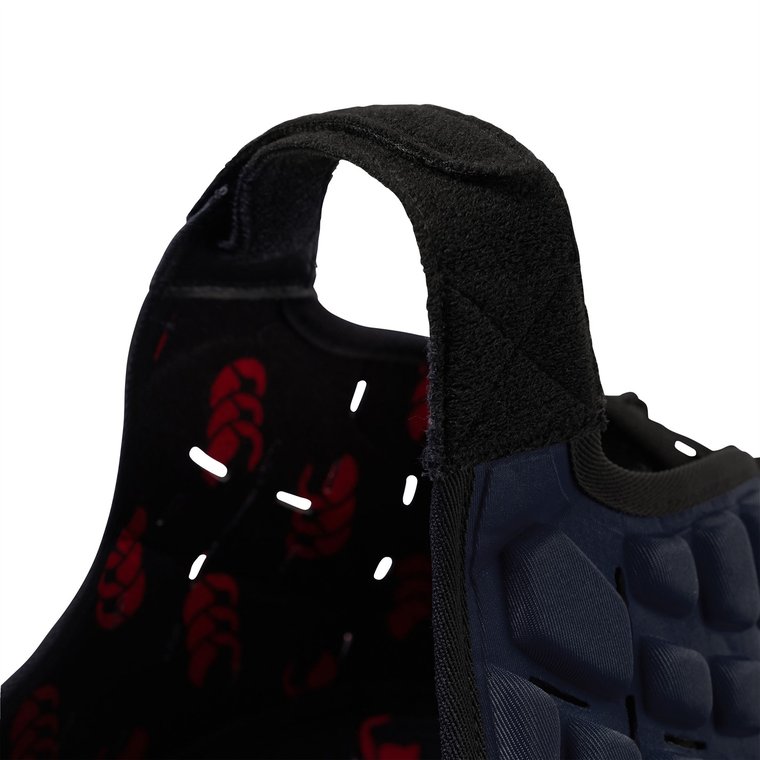
#4. Budget
Lastly, factor in your budget. With a wide array of headguards available, finding the perfect blend of fit and cost is important. Always remember, though, that safety should remain your top priority.
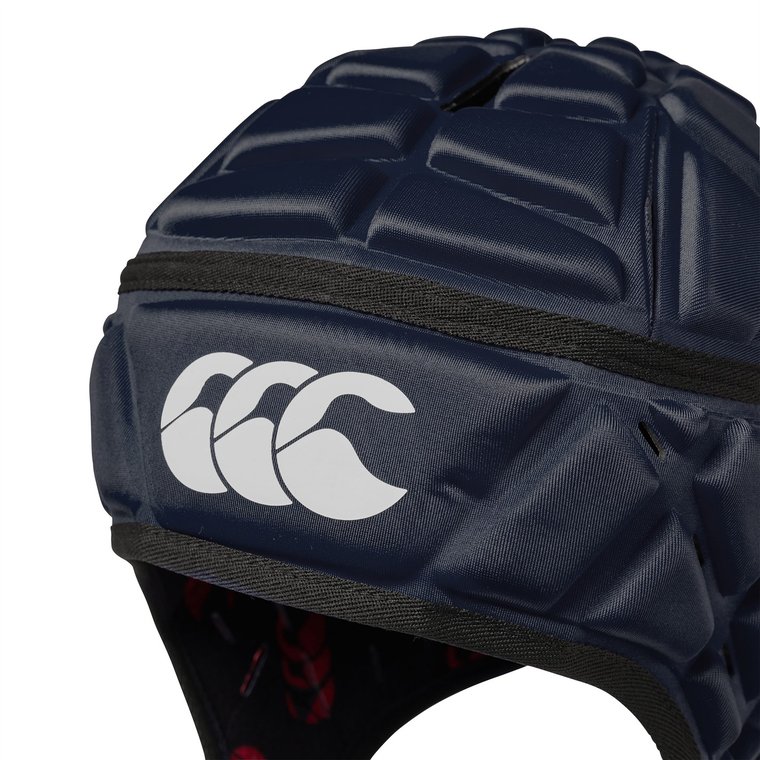
With these considerations in mind, you’ll be well-equipped to make an informed choice and get back in the game with confidence.
Maximizing Protection with Rugby Body Armour
For players aspiring to improve their game and minimize the impact on their shoulders, back, and chest, Rugby Body Armour emerges as the definitive solution.
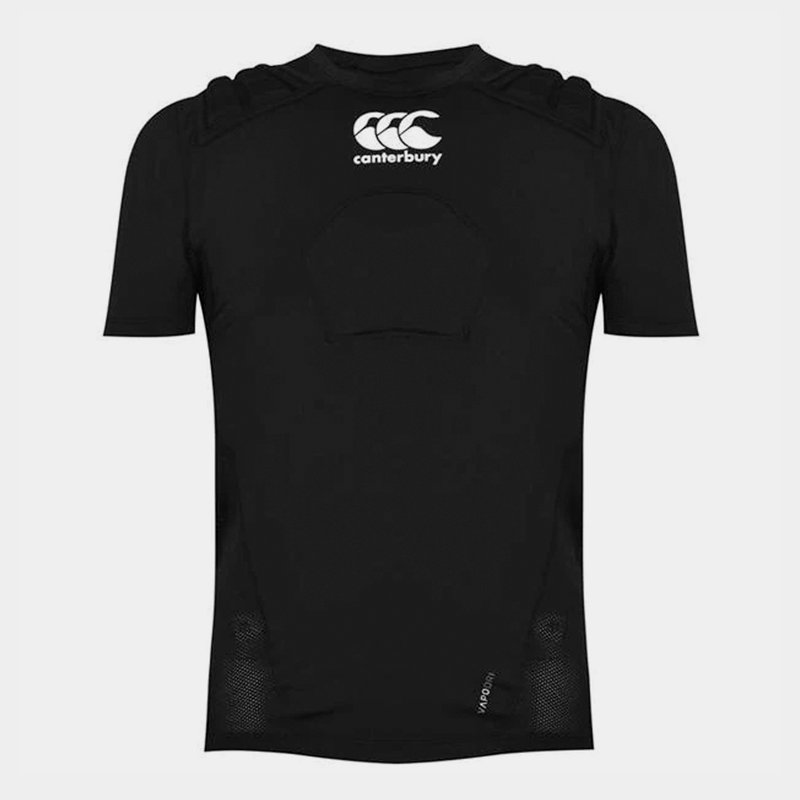
An Optional Edge (Strongly Recommended)
While Rugby Body Armour isn’t mandated by the official rules of the game, it comes highly recommended, and this recommendation is rooted in practical wisdom.
Especially if you’re just embarking on your rugby journey, incorporating body armor into your kit can provide an advantageous head start in comprehending and adapting to the multifaceted dynamics and regulations of rugby.
Even for seasoned professionals who’ve mastered the intricate dance of rugby, the advantages of body armor remain compelling. This advanced protective gear isn’t solely about shielding; it’s strategically engineered to mitigate the impact in areas that are particularly vulnerable to the relentless collisions and tackles that define rugby – specifically, the shoulders, back, and chest.
Defending Against Impact, Guarding Against Injury
Incorporating specialised padding and reinforced panels, rugby body armor serves as a buffer, diffusing the force of impacts and thereby diminishing the severity of bruises, contusions, and potential injuries.
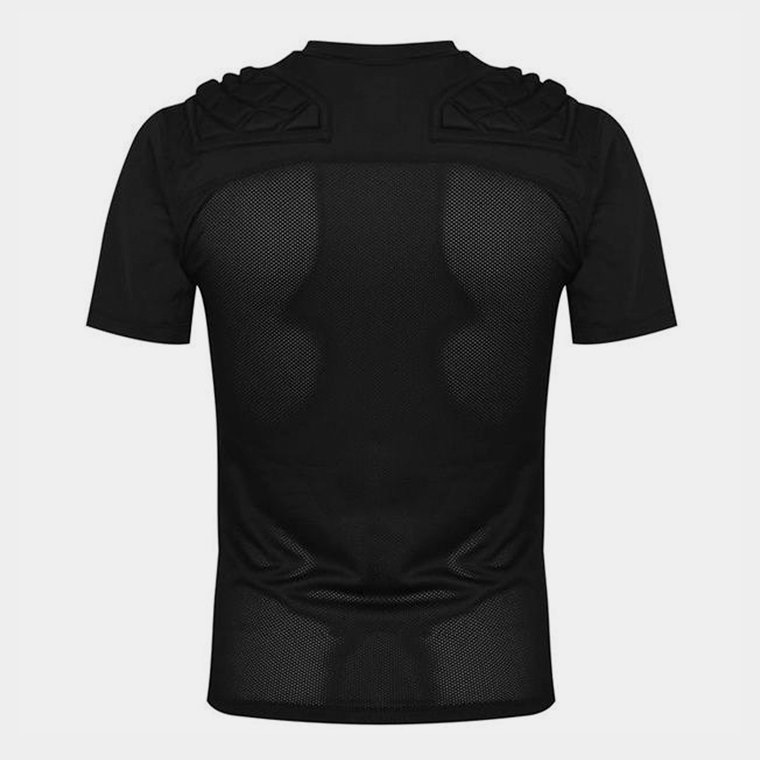
Beyond its defensive role, the armor acts as a shield against cuts, scrapes, and abrasions, ensuring the player’s skin remains unscathed even in the midst of intense, aggressive gameplay.
Beyond Protection: Support and Assurance
But rugby body armor is not merely about protection. It extends its benefits to providing support to muscles and joints, potentially averting strains and overuse injuries.
Its influence isn’t confined to the physical realm either; the mental comfort it offers cannot be overstated. Players can channel their focus entirely on their performance, unburdened by the constant specter of potential injuries.
Aiding Endurance and Alleviating Fatigue
In the context of a sport with cumulative physical effects, rugby body armor also plays a role in combating overall fatigue. By distributing impact forces evenly and offering added stability, it plays a part in maintaining players’ physical resilience and cognitive sharpness throughout the course of matches and training sessions.
Remember: Safety First
However, it’s essential to grasp that while rugby body armor significantly elevates safety standards, it isn’t an all-encompassing shield against every conceivable injury.
A thorough grasp of proper training techniques, rigorous adherence to the rules, and a keen awareness of the ever-shifting dynamics of the game remain paramount for ensuring the holistic well-being of players.
Found this guide to be helpful?
Let us know your thoughts and opinions in the comments below, we’d love to hear from you!
In the meantime, be sure to stay in the loop with the latest Rugby News, Boot Launches & Guides right here at The Full 80.
